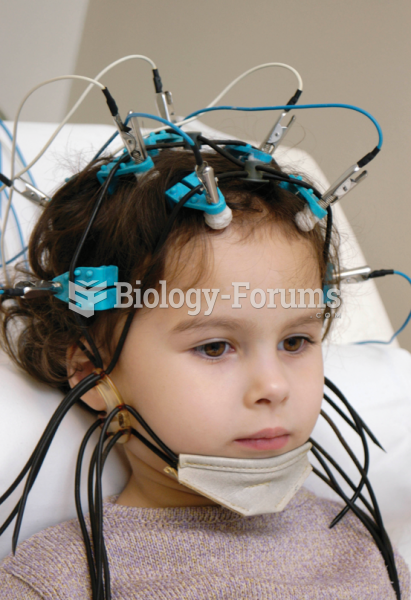|
|
|
The eye muscles are the most active muscles in the whole body. The external muscles that move the eyes are the strongest muscles in the human body for the job they have to do. They are 100 times more powerful than they need to be.
In the United States, an estimated 50 million unnecessary antibiotics are prescribed for viral respiratory infections.
About 100 new prescription or over-the-counter drugs come into the U.S. market every year.
The average human gut is home to perhaps 500 to 1,000 different species of bacteria.
Most strokes are caused when blood clots move to a blood vessel in the brain and block blood flow to that area. Thrombolytic therapy can be used to dissolve the clot quickly. If given within 3 hours of the first stroke symptoms, this therapy can help limit stroke damage and disability.







